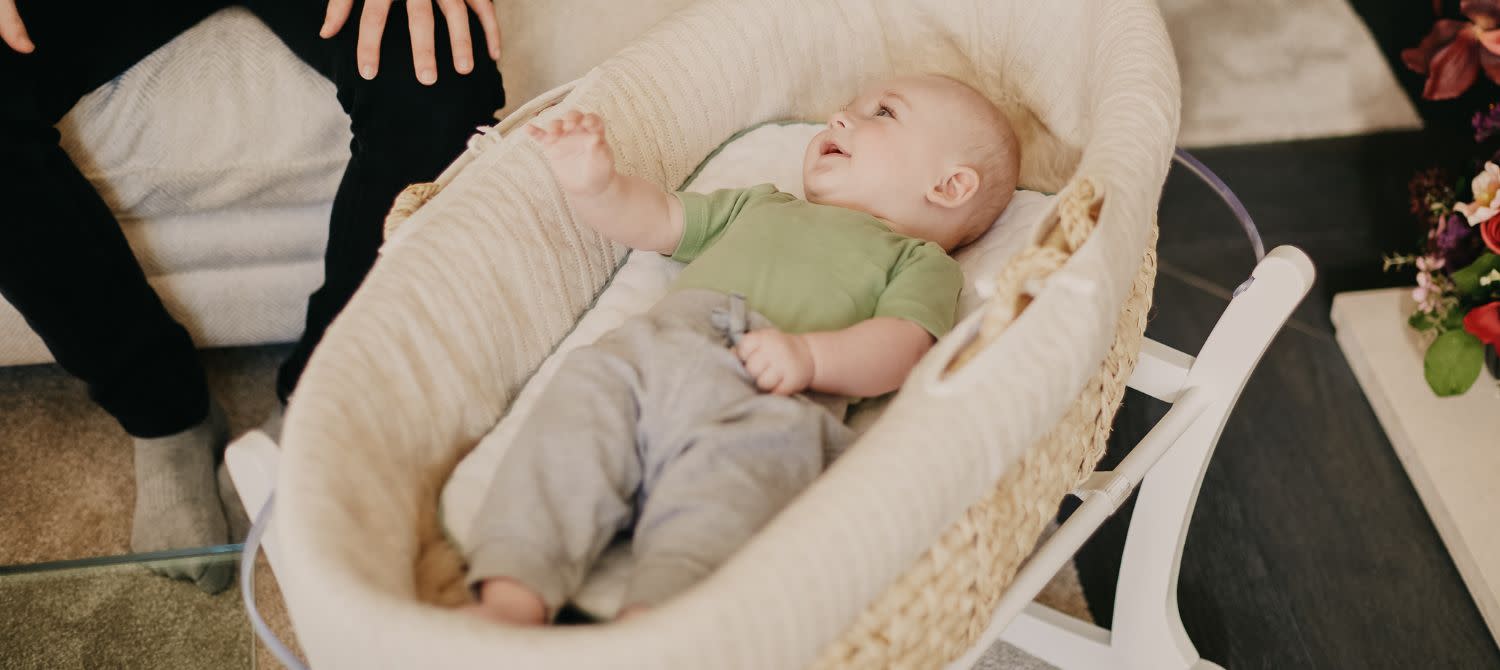Introduction: The Milestone Moment
The transition from a cozy bassinet to a spacious crib marks a significant milestone in your baby’s growth journey. As your little one begins to outgrow their bassinet, usually around 3 to 6 months of age, it’s time to prepare for the next big step. This process involves more than just physically moving your baby; it’s about ensuring their continued comfort, safety, and sleep quality. In this comprehensive guide, we will outline the essential steps and considerations for a smooth and stress-free shift to the crib.
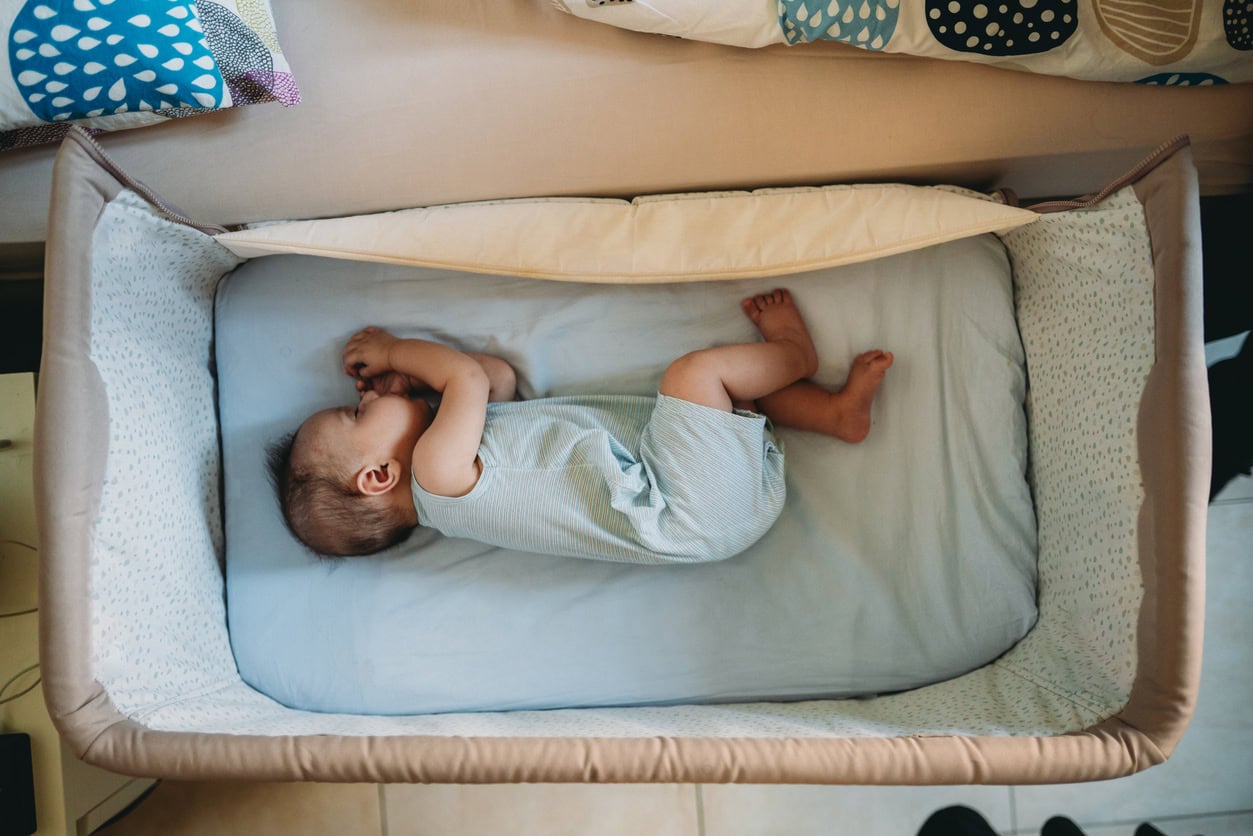
Recognizing the Right Time: developmental cues and size considerations
The decision to transition should be based on both your baby’s physical development and their sleep habits. If your baby is starting to push up on hands and knees, roll over, or seems cramped in the bassinet, it’s a clear indication that they need more space. Additionally, if their head is nearing the top of the bassinet or they’ve reached the manufacturer’s recommended weight limit, it’s time to make the move. Watch for signs of restlessness or difficulty settling in the bassinet, which could also signal the need for a change.
Preparing the Crib: Safety First
Before the big move, thoroughly inspect and prepare the crib. Ensure that it meets current safety standards, with no missing or broken parts. Use a firm, fitted mattress designed for the specific crib model, and avoid adding loose bedding, bumpers, or stuffed toys into the crib to reduce the risk of suffocation or entrapment. Install the crib in a safe location away from windows, cords, and any furniture that could be used for climbing. Optimize the room’s temperature, lighting, and noise levels to promote a peaceful sleep environment.
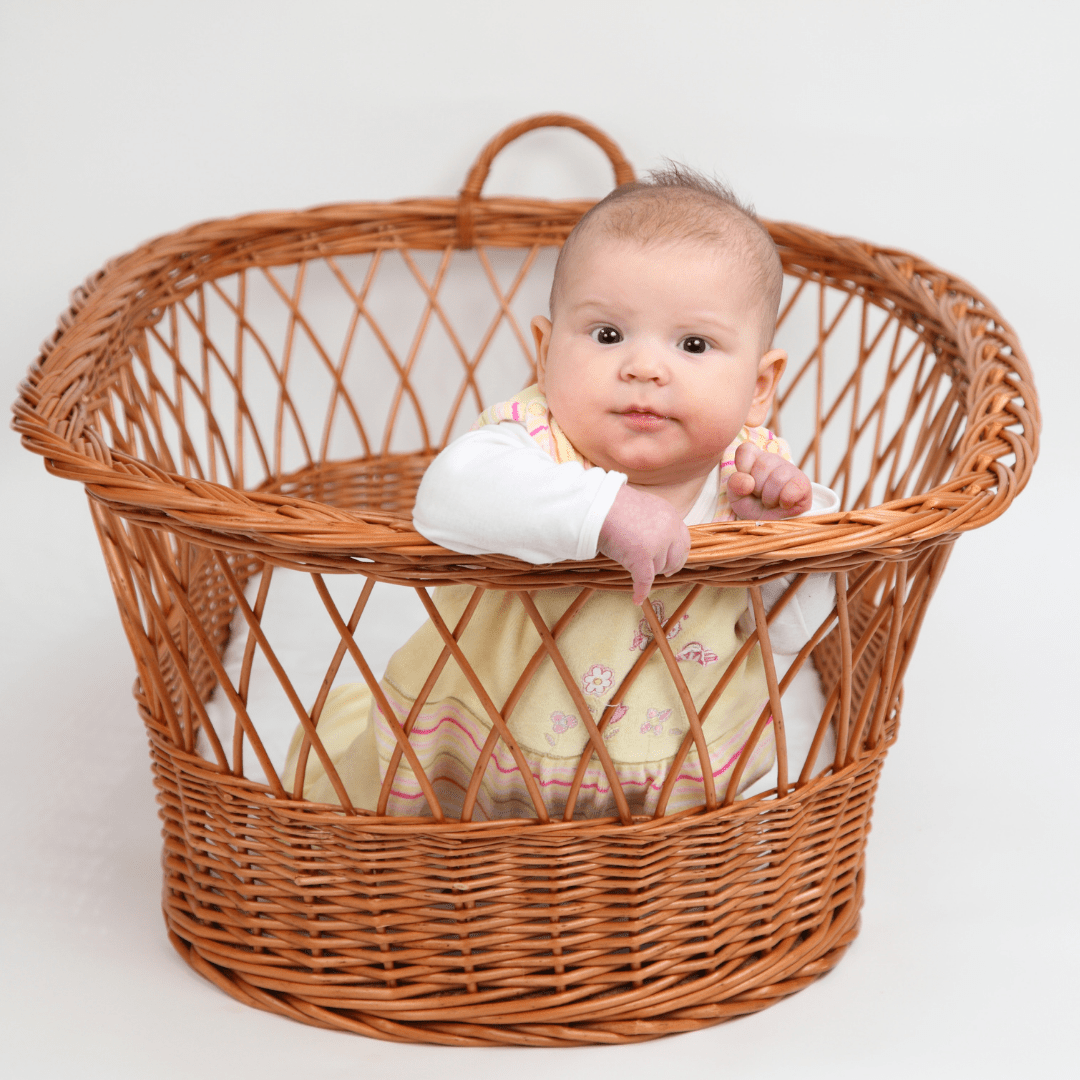
Familiarity Breeds Comfort: Gradual Introduction
To ease the transition, introduce your baby to the crib gradually. Start by placing them in the crib for short periods during the day when they are awake, allowing them to explore and become familiar with the new space. Reading stories or playing in the crib can help create positive associations. Gradually increase these sessions until your baby is comfortable being in the crib for longer durations. This process helps build trust and eases any anxiety about the new sleeping arrangement.
Maintaining Routines: Consistency is Key
Consistency in bedtime routines is crucial during this period. Stick to your established pre-sleep rituals, such as bath time, story-time, or singing lullabies, to signal to your baby that it’s time for sleep, regardless of the sleeping place. These routines provide a sense of security and predictability, making the transition smoother. Also, try to maintain the same bedtime and waking times to regulate their body clock.
Creating a Cozy Environment: Sleep Aids
While keeping the crib clear of hazards, you can still make it cozy and inviting. Consider using a sleep sack instead of blankets, which provides warmth without posing a risk. A white noise machine or a soft, soothing music can also help lull your baby to sleep. A lovey or a small, breathable toy can offer comfort, especially if your baby is used to snuggling against something in the bassinet.
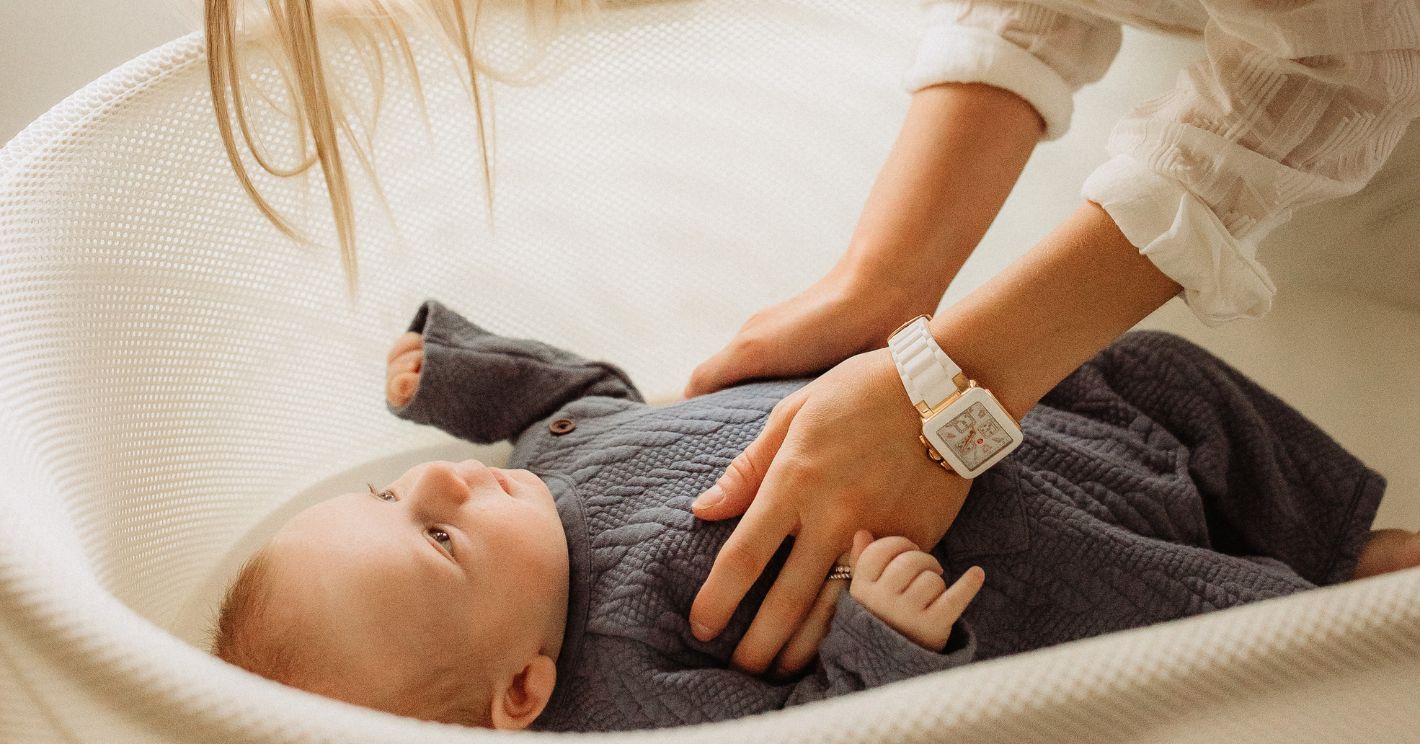
Monitoring and Adjustments: Observing and Adapting
During the initial days and weeks of the transition, monitor your baby’s sleep closely. It’s normal for them to take some time adjusting, so expect some disruptions to their sleep pattern. Be patient and flexible, adjusting strategies as needed. If your baby struggles with the transition, consider temporarily using a sleep positioner or placing a bassinet sheet in the crib for familiarity. However, always prioritize safety guidelines when making these adaptations.
Dealing with Sleep Regression: Patience and Persistence
Transitioning might coincide with a natural sleep regression phase, which can compound the challenge. Remember that regressions are temporary and typically resolve themselves within a few weeks. Maintain consistency in your approach, reassure your baby with extra cuddles, and stay patient. Avoid creating new sleep crutches, like rocking to sleep, which may prolong the adjustment period.
Parental Support: Coping with Separation Anxiety
Separation anxiety can arise during this transition, affecting both baby and parents. It’s important for parents to manage their own emotions, as babies can sense stress and anxiety. Establishing a consistent check-in routine, where you briefly reassure your baby without picking them up, can help soothe them back to sleep. Remember that allowing your baby to learn to self-soothe is an important part of their development.
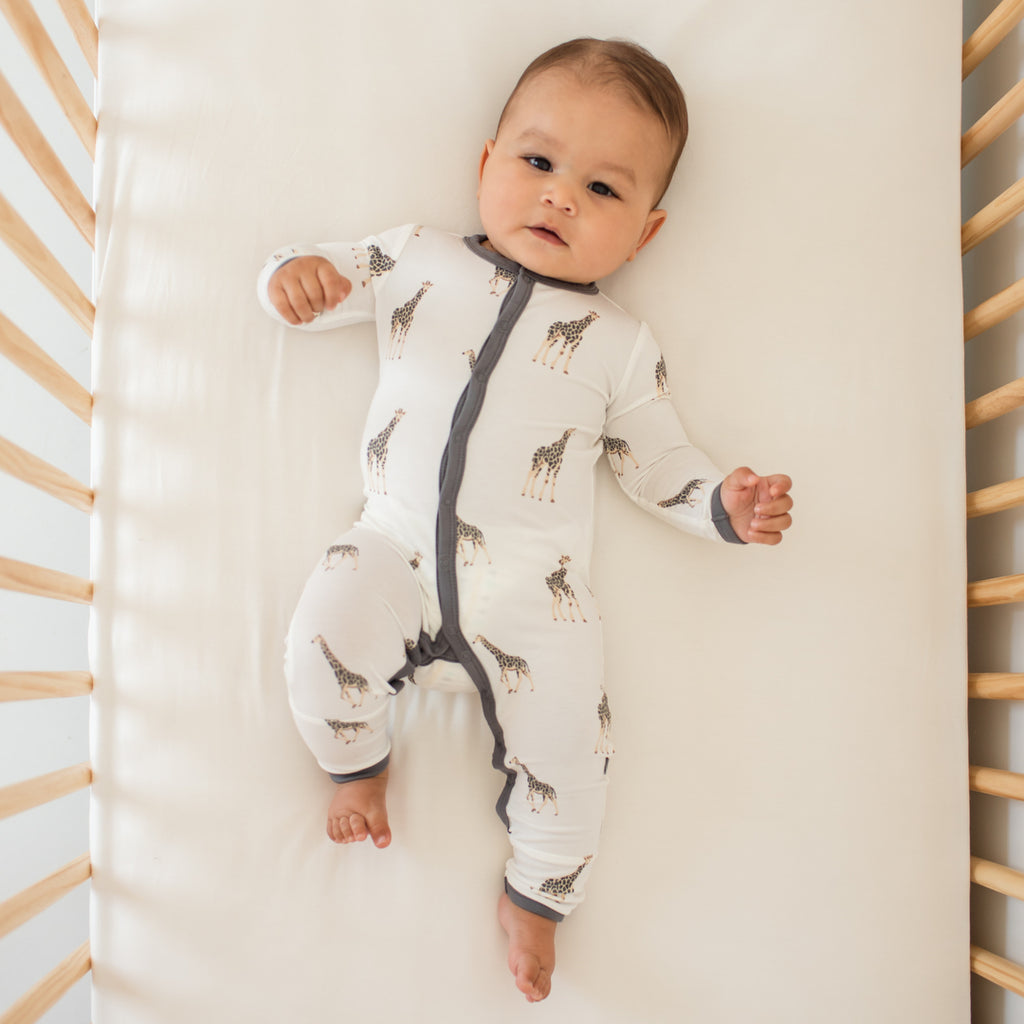
Celebrate the Milestone: Positive Reinforcement
Finally, celebrate this milestone! Moving to a crib is a significant step in your baby’s growth and independence. Acknowledge the achievement with photographs or by sharing the news with loved ones. Positivity and encouragement reinforce the idea that growing up and adapting to changes is a natural and exciting part of life.
Daytime Naps: Consistency Matters Too
Don’t overlook the importance of consistency in daytime naps. Try to establish a regular nap schedule that aligns with your baby’s natural sleep rhythms. Naps in the crib can help your baby get accustomed to their new sleeping environment, making nighttime transitions smoother. It’s also essential to differentiate day from night; use natural light during the day and limit loud playtime close to nap times to encourage healthy sleep patterns.
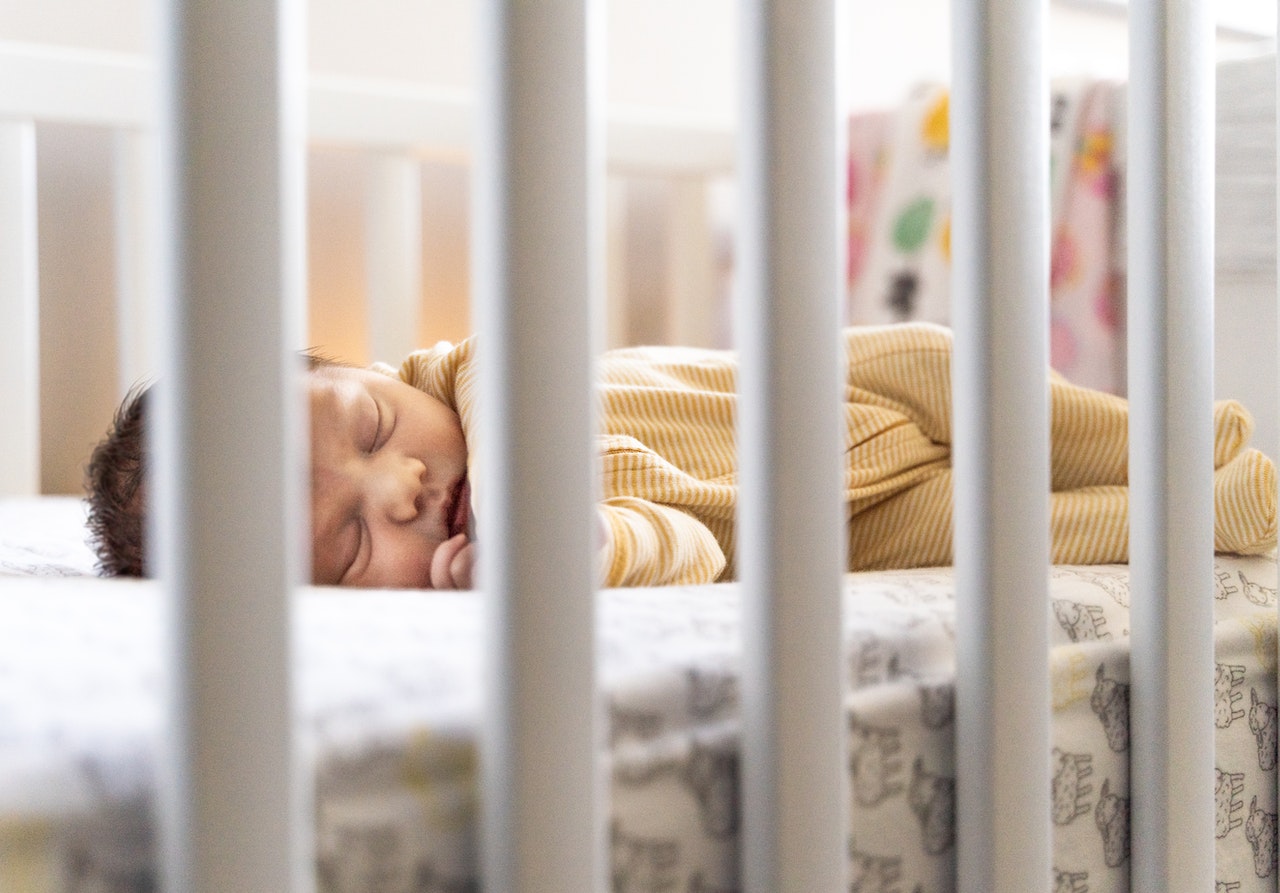
Patience with Progress: Every Baby is Unique
Remember, every baby adjusts to change at their own pace. Some may adapt quickly to the crib, while others may need more time and reassurance. Avoid comparing your child’s progress with others, as this can add unnecessary stress. Focus on your baby’s individual needs and progress, celebrating even the smallest steps forward.
Involving Siblings or Pets: Smooth Integration
If you have older children or pets, involve them in the transition process in age-appropriate ways. Explain to siblings the importance of being gentle around the baby during this time, and perhaps let them assist with parts of the bedtime routine to foster a sense of responsibility and bonding. With pets, ensure they’re supervised around the baby and that their presence doesn’t disrupt the sleep environment.
In conclusion, transitioning from a bassinet to a crib is a significant event filled with opportunities for growth and learning. By prioritizing safety, maintaining routines, fostering familiarity, and practicing patience, you can ensure this process is as seamless and positive as possible for both you and your baby. Remember, every child adjusts at their own pace, and with love, support, and a bit of planning, this new chapter in their sleep journey can be a successful and cherished one.
